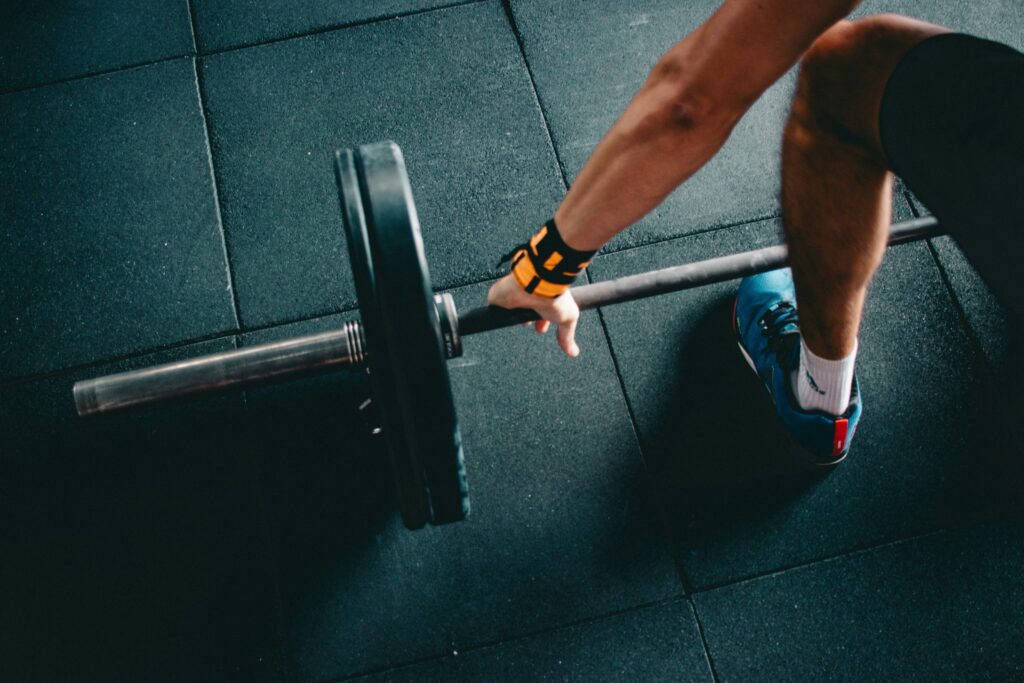“Whether you think you can, or think you can’t, you are correct.” The power behind this phrase is enormous; ponder it for a few moments and allow it to sink into your brain.
Now, imagine that you are an elite athlete about to enter a competition for which you have been training all year. The weight of those words just became magnified, didn’t it?
The brain is indeed a powerful weapon, in athleticism as well as in life. Performance-oriented individuals have found ways of harnessing this power to help propel them toward success. The techniques of mental imagery and visualization have been researched and well-documented, and have been proven to be valuable assets as athletes prepare for competitions ranging from boxing to weightlifting, and even to the Super Bowl.
Scientists have concluded that the brain responds extremely well to scenarios involving mental visualization, and on more than just one level. The psycho-neuromuscular theory explains how imagery strengthens the neural pathways for certain movements. When an athlete imagines performing a particular sport skill, his muscles fire in the same sequence they would if he were actually performing the skill. The use of imagery may also function as a coding system in the brain, helping to facilitate the development of a plan or “mental blueprint”. The symbolic learning theory delves into how imagery strengthens this mental blueprint, enabling the actions/movements to become more familiar or potentially automatic.
The bio-informational theory explains how imagery involves the activation of a network of coded stimulus and response propositions which get stored in long- term memory. An example of this is the texture and feel of a basketball in one’s hand, paired with the fluid motion associated with a free throw. Recent research has focused on the effectiveness of imagery as an important self-regulation skill, the key to which is the programming of one’s mind, muscles, and emotions for success, and making the imagery as vivid, realistic, and detailed as possible. When an athlete can clearly imagine himself preparing for competition, the central nervous system becomes programmed for success. In the final analysis, it as if the activity being visualized has already happened…a “dress rehearsal” for optimal performance.
An article in the Journal of Applied Physiology discusses the identification of six unique autonomic nervous system responses that correlate with mental rehearsal: skin potential and resistance, skin temperature and heat clearance, instantaneous heart rate, and respiratory frequency. In the experiment outlined in the Journal, the athletic task being studied was the passing of an opponent’s serve to a teammate in a game of volleyball. The results revealed a strong correlation between the autonomic nervous system responses while performing the actual physical task as well as during the prior visualization sessions. Scientists believe this experiment strongly suggests that metal imagery may help in the construction of schema which can be reproduced, almost automatically, in actual practice.
If we needed further proof of just how powerful the human brain can be, scientists have revealed that the brain cannot tell the difference between something that is imagined and an activity that is physically occurring. Capitalizing upon this through repeated bouts of vivid mental imagery, we can harness the ability to “re-wire” new neural pathways within the brain. Although it has often been said that “practice makes perfect”, a more accurate statement might be “practice makes permanent”; the act of repetition is key to creating successful changes in our lives and our athletic performance. Repetition and new neural wiring enable these changes to eventually become automatic. We might think of this as programming our subconscious.
While the visualization of success is important, its power can be enhanced by focusing on the feeling it creates. Feelings fuel emotions, and emotions propel athletic performance. The more vividly one can visualize, the more “colorful” and detailed the imagery, the greater the intensity of emotion will be. Since such an experience can sharpen awareness and elevate confidence in one’s performance abilities, successful visualization sessions enable the athlete to “step into” his imagination, “see” every detail, and “feel” what it is like to perform in the desired fashion. Such repeated imagery can build confidence in an athlete’s ability to perform under pressure and in a variety of situations.
The most highly effective visualization techniques are those which result in a vivid sport experience, one in which the athlete has complete control over a successful performance. To achieve this state, many elite athletes use more than merely their visual sense. Auditory, olfactory, and kinesthetic awareness can all come into play during the mental imagery exercises. We are all familiar with the dynamic of certain fragrances and smells evoking positive emotions. The aroma of bread baking in the oven may return us to happy childhood days spent in Grandma’s kitchen. A waft of perfume may remind us of a past romantic encounter. Similarly for the athlete, the sound of a cheering crowd may instill the confidence necessary to win a basketball game. Focusing on the power and “bang” of the pistol signaling the start of a race may give the sprinter that extra mental competitive edge, especially if he can also “witness” himself being the first to cross the finish line.
Dr. David Yukelson of Pennsylvania State University has studied mental imagery and has compiled a list of key aspects to take into consideration when developing a visualization protocol: o Imagery programs should be individualized, based upon your needs, abilities, and interests. o Strive to have realistic expectations and motivation. Imagery has the potential to improve skills only if you believe it will work.
- Devote 10-15 minutes a day to imagery training. Start with skills you already do well and progressively increase the vividness and complexity of your imaging (game situations and strategy). Strive to imagine positive outcomes.
- General relaxation and slow, deep, diaphragmatic breathing should precede imagery practice.
- Mastery Rehearsal – Focus on a time when you were performing optimally. Re-create that feeling as vividly as possible: the setting, the atmosphere, the sights, the sounds. Feel the energy, adrenaline, intensity, and positive emotions running through your mind and body.
- Visualization before game competitions – reflect on the mindset you want to carry with you into competition (confident, focused, poised, aggressive). Have a goal for each competition – imagine yourself being on a mission, use energizing cues to get the adrenaline and emotions flowing, think like a champion – nothing is going to stop you today. See/feel yourself performing with confidence.
- Coping Rehearsal – Identify situations that cause you problems, visualize appropriate coping responses ahead of time where you take control of the situation (e.g., controlling emotions, overcoming mistakes, etc.).
- Integrate visualization into practice (learning new skills, refining old skills, correcting errors, etc.)
Allowing every one of the senses to play a role in visualization techniques can have tremendous benefits for athletes of all ability levels. Sometimes wanting a goal is simply not enough. After all the arduous physical training, the sacrifices made, and the hours committed to the goal, that final step may actually be the most important to a winning outcome: If you can see it, and believe it, you can achieve it!
References:
1. http://sportsmedicine.about.com/cs/sport_psych/a/aa091700a.htm
2. http://www.sportpsychologytoday.com/sport-psychology-for-coaches/the-power-of-visualization/
3.
4.
5.
6.
7. http://www.brianmac.co.uk/mental.htm
8. Roure, R., et al. (1998). Autonomic Nervous System Responses Correlate with Mental Rehearsal in Volleyball Training. Journal of Applied Physiology, 78(2), 99-108.
About the Author
Cathleen Kronemer is an AFAA-Certified Group Exercise Instructor, NSCA-Certified Personal Trainer, competitive bodybuilder and freelance writer. She is employed at the Jewish Community Center in St. Louis, MO. Cathleen has been involved in the fitness industry for 22 years. Look for her on www.WorldPhysique.com.
She welcomes your feedback and your comments!


